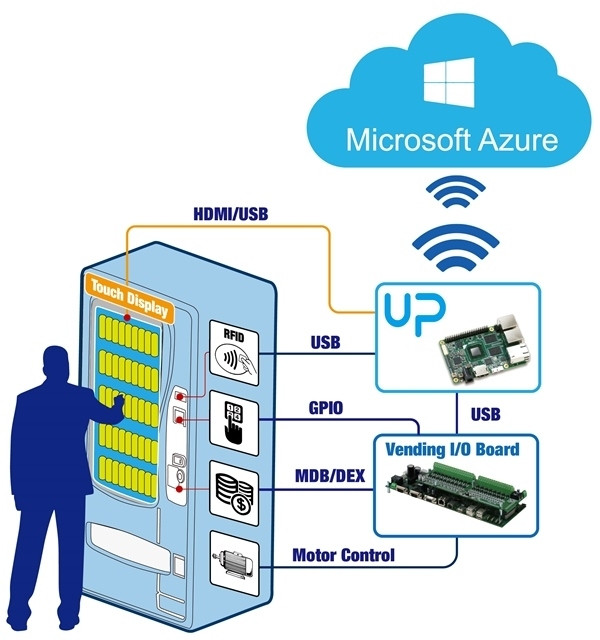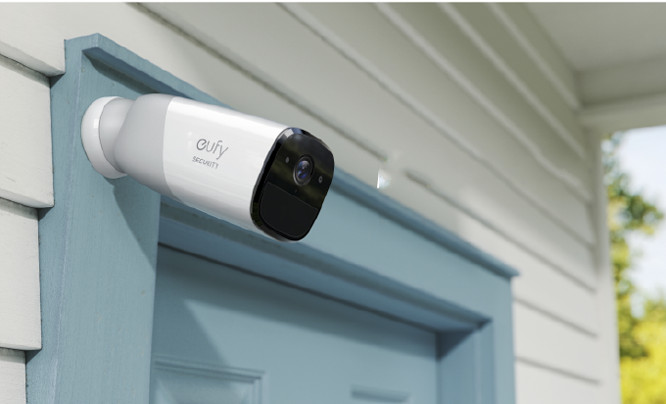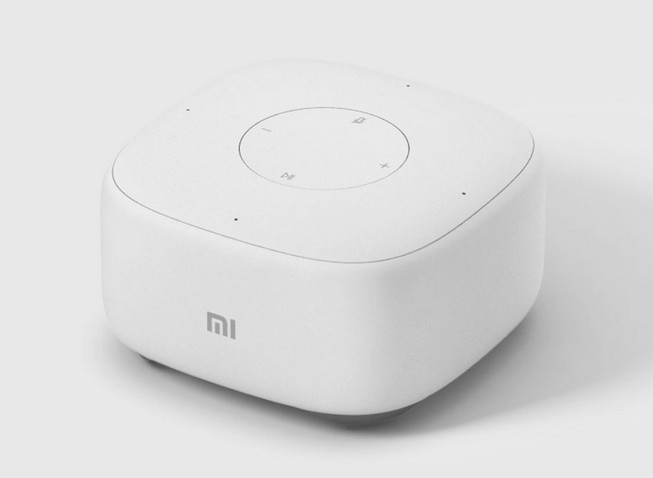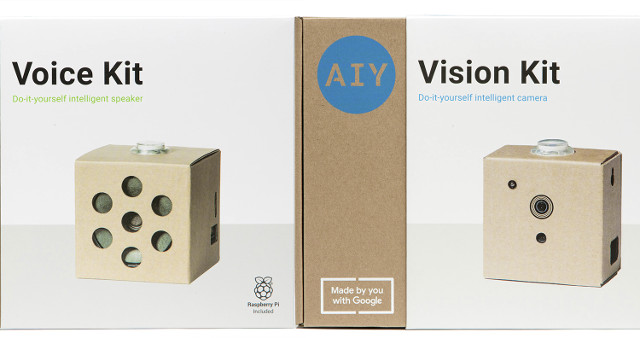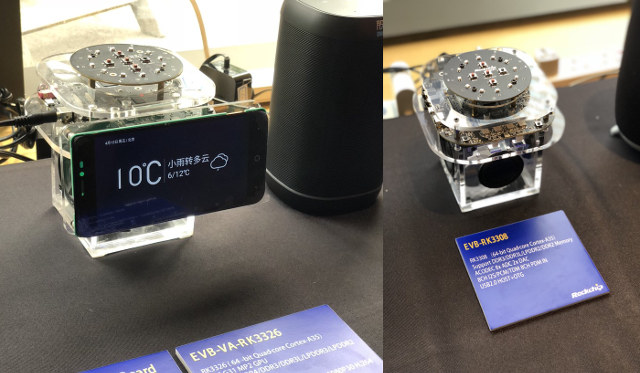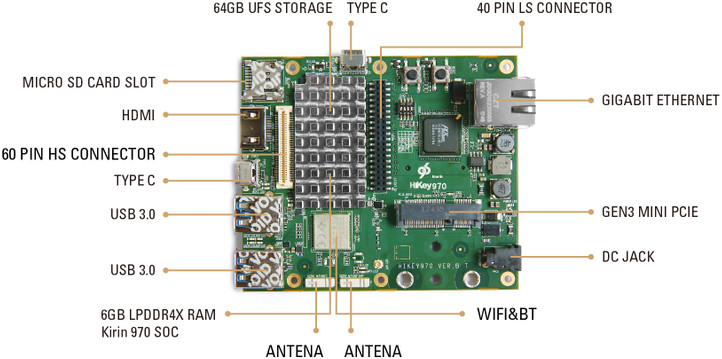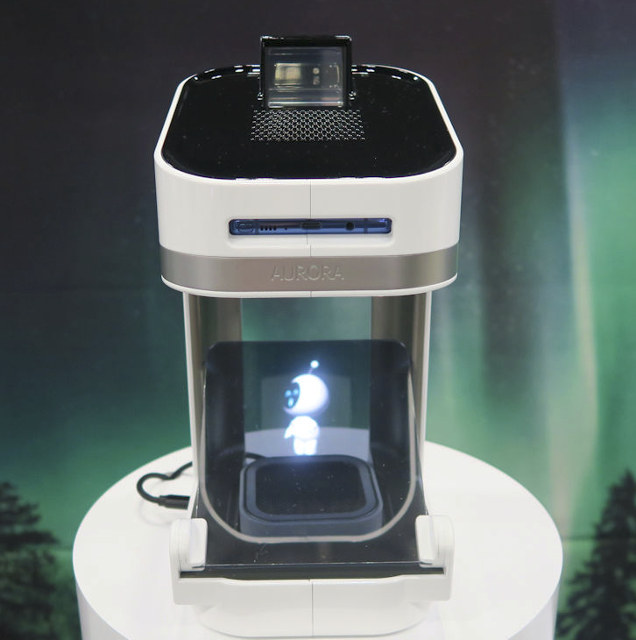UP board is a low cost development board powered by an Intel Atom x5-Z8350 Cherry Trail processor with 1GB to 4GB RAM, and 16 to 64GB eMMC flash that mostly follows Raspberry Pi 3 form factor. AAEON is now offering an “intelligent vending development kit” featuring UP board together with a vending machine controller (VMC) board, a motor for the machine’s internal mechanisms, a camera, a QR Code device, and all the necessary cables, as well as optional WiFi and Bluetooth modules. Some details about AIOT-MSSP01 Mini SSP Vending control board: “Intel Intelligent Vending Based” Motor Control – 24V or 12V, Supports GPIO, DC, PWM Type, Supports up to 160 DC Motors Support LCD and Keypad Feature I/Os Vending machine specific interfaces / standards 1x MDB (MultiDrop Bus) 1x DEX (Digital EXchange) 1x Protocol A (EXE) 1x 1-WIRE 4-channel ADC x 1 4-channel Relay GPIO for 12V & 5V by […]
Eufy EverCam Full HD Waterproof WiFi Security Camera Works for Up to a Year on a Single Battery Charge
Wired security cameras can be troublesome to installed due to the cabling required, but luckily there are solutions to avoid all those long cables with solar powered IP cameras, or battery powered IP cameras. A few years ago I wrote about Immedia Blink WiFi HD camera that claimed to last a year on a charge, and despite several complains on Kickstarter, they seem to still be in business. There’s now a more advanced model by Eufy – an Anker brand – that supports 1080p video recording with motion sensing and face recognition, that also lasts up to one year on a charge, and offers free storage. Eufy EverCam specifications: Resolution – 1080p Video Format – H.264 High profile Image Sensor – Sony Exmor IMX323, 1/2 9-inch Field of View (FoV) – 140° Night Vision Range – up to 10 meters Digital Pan & Zoom – Yes, up to 8x Motion […]
Xiaomi Mi AI Speaker Mini Smart Speaker is Selling for $27 (in China)
Smart speakers are becoming cheaper and cheaper, and in the US and some other countries, Amazon Echo Dot can be purchased for under $50. But Xiaomi has come up with an even cheaper model – for the Chinese market – with their Allwinner R16 based AI Speaker Mini that has just launched for 169 RMB, or about $27, in China. XIaomi Mi AI Speaker Mini specifications: SoC- Allwinner R16 quad core Cortex A7 processor @ 1.2 GHz System Memory / Storage – TBD Speaker 1.5″ 4Ω speaker Frequency Range – 140Hz – 20000Hz Speaker sensitivity – 78dB/m/W Maximum output power – 2W 4x Microphones Connectivity – 802.11 b/g/n WiFi, Bluetooth 4.1 with A2DP support Misc – Microphone on/off button, volume buttons, and play/pause button Power Supply – 5V/2A via micro USB port Dimensions – 90 x 90 x 50 mm Weight – ~210 grams The speaker ships with a power […]
Google AIY Projects Kits are Easier to Use in 2018 with Raspberry Pi Zero WH and All Accessories Included
Google launched two AIY Projects kits last year with a Voice Kit that took a Raspberry Pi 3 to create a smart speaker, and a Vision kit for hardware accelerated computer vision using a Raspberry Pi Zero W board. Google reports the kits are popular, especially for STEM education, but educators/parents had to buy the Raspberry Pi boards and micro SD cards themselves, as well as flash the firmware to the cards. So the company decided to redesign both kits to work with the Raspberry Pi Zero WH (RPi Zero W with headers), and include it inside the box with cable and pre-provisioned SD card, so kids can get started faster with experimentation with having to setup the kits. So that means we now have AIY Projects Voice Kit v2 with RPi Zero WH and micro SD card with firmware, as well as AIY Projects Vision Kit v1.1 with RPi Zero […]
Rockchip Reveals RK3308 & RK3326 Evaluation Boards for Smart Speakers and Smart Displays
Rockchip introduced RK3308 & Gemini quad core Cortex-A35 processors for smart AI solutions last month, and now the company has shared one more tweet about evaluation boards based on RK3308 and RK3329 (Gemini) processors for respectively smart speakers and smart displays. EVB-VA-RK3326 is a smart display evaluation platform powered by Rockchip RK3326 processor with four Cortex A35 core and a Mali-G31 MP2 GPU. It comes with a main board, a microphone array, some speaker, and a display. EVB-RK3308 looks very similar with instead feature a main board powered by RK3308 quad core Cortex A35 processor which supports DDR3/DDR3L/LPDDR2/DDR2 memory, and comes with an audio codec with 8x ADC/2x DAC, support for 8-channel I2S/TDM, and USB 2.0 host + OTG interface(s). That’s the only information we have since the company has not published any details on their website. If you represent a company and are interested in developing products based on […]
Hikey 970 Development Board is Now Up for Pre-order for $299.99
Four A.I. development boards compliant with 96Boards specifications were announced at Linaro Connect HK 2018 last month: HiKey 970, Ultra96, as well as ROCK960 PRO & Enterprise Edition. So for we only knew pricing for Ultra96 ($249), but I’ve now noticed Hikey 970 “Super Edge AI Computing Platform” is now up for pre-order for $299.99 on Lenovator website, with shipping planned for the end of April. [Update: Also found on Seeed Studio for the same price] Hikey 970 specifications: SoC – Huawei/Hisilicon Kirin 970 with 4x Cortex A73 @ 2.36GHz, 4x Cortex A53 @ 1.8GHz, Arm Mali G72-MP12 GPU, NPU (Neural Processing Unit) with 256MAC/cycle @ 960MHz System Memory – 6GB 1866MHz, 4 Channel LPDDR4x Storage – 64GB UFS storage, micro SD card slot, PCIe Gen3 on M.2 M key connector Video Output – HDMI 1.4 type A up to 1080p60 (TBC), 1x 4-lane MIPI DSI (via HS expansion connector) […]
Samsung Aurora Smart Speaker Prototype is Powered by a Smartphone, Features an Hologram-like Character
Samsung Electronics has showcased a smart / A.I. speaker prototype at SXSW 2018 trade show last month, that can be manufactured at low cost since it relies on a smartphone to provide a processor, microphone, and other equipment. The smart speaker also uses the smartphone’s screen to show an hologram to greet users. Meet Samsung “Aurora”. The smartphone is placed horizontally (blue above) in a slot in the upper part of the speaker, and a hologram-like character floats above the Bluetooth speaker included of the kit. The part on the top surface is an optical mechanism using the smartphone’s camera for image recognition. The smart speaker also charges the phone, but it’s unclear how you are supposed to answer phone calls once it is inserted in the speaker… The concept looks similar to Vinclu Gatebox which we covered in 2016, except it relies on a smartphone. Samsung is said to […]
Embedded Systems Conference 2018 Schedule – IoT, Security, Artificial Intelligence, and More
The Embedded Systems Conference takes place each year in Boston, US in April or May. This year, the event will occur on April 18-19, and the organizers have published the schedule with 7 tracks: Advanced Technologies, Center Stage (free), Embedded Hardware Design & Verification, Embedded Software Design & Verification, IoT and Connected Devices, Keynotes (free) and Special Event (free). Even if you can’t attend, it’s always useful to have a look at the schedule to learn about potential industry developments. So I’ve made my own virtual schedule with some of the sessions I found relevant to this blog. Wednesday, April 18 8:00 – 10:00 – An Introduction to RTOS by Jean Labrosse (Software Architect, Silicon Labs) This tutorial will help you understand what RTOSs are and how they work so that you can make better use of their features. The class will explain what an RTOS is and why you […]


